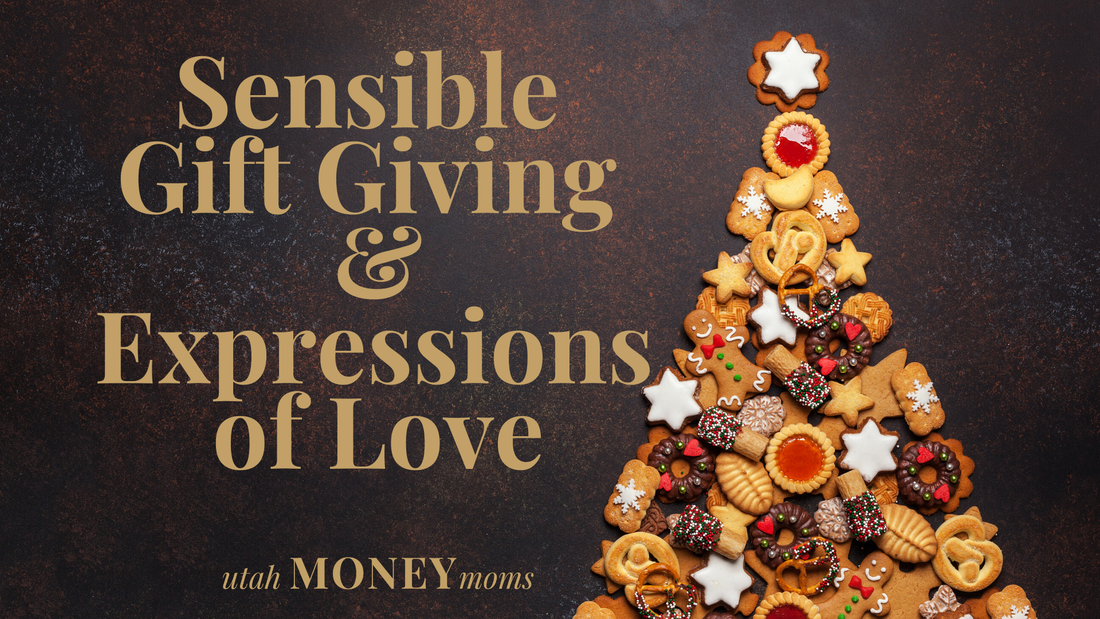|
GUEST BLOGGERS: WILLIAM D. DANKO, Ph.D. AND RICHARD J. VAN NESS, Ph.D.  Shop ‘til You Drop? So many articles have been written about becoming an efficient shopper. It’s exhausting just reading about the techniques that people devise in order to have the ‘best’ shopping season ever. Year-round, buying to assure the best deals, studying the desires of gift recipients, most appropriate wrapping for each person, and on and on. Some even specialize in gift shopping for pets. Seems that all of the major newspapers report on the masters of the creative passion of gift-giving for Christmas and other occasions. Time is a precious commodity, so why do some people participate so vigorously in such activities? Just pause, relax, and breathe. There is no fatal consequence of not attending the circus chaos. Of course, consumer spending is a driving force of our economy and it is powerfully reinforced by retailers all year and intensifies as Black Friday approaches. This holiday season people are expecting to spend a lot given a favorable economy with low unemployment and wage increases. The National Retail Federation reports that expected total holiday spending this year will be between $727.9 billion and $730.7 billion. Consumers say that they will spend an average of $1,007 during the holidays. But one must wonder why.
According to the classic study about Christmas, by Kasser and Sheldon, “What Makes for A Merry Christmas? Journal of Happiness Studies, vol. 3” (2002), it was found that family and religion provided the most benefit for holiday contentment “… secular, materialistic aspects of the holiday either contributed little Christmas joy or were associated with less happiness and more stress and unpleasant affect.” The bottom line from this study is that it is not gifts and wrappings that lead to joyfulness, but a need to be with family and to find a richer meaning to life. Wouldn’t It Be Nice In our study of gift-giving, we conducted interviews by age group. In the 80 plus group, we found some very interesting approaches to Christmas gift-giving. For example, let’s take a page from the playbook of an interviewee we will call “Aunt Margie.” She is a widow who has experienced 92 years of life and still lives in the same home as she has for the past 47 years. She had 8 children and the family pyramid expanded exponentially where she has been blessed with grandchildren and great-grandchildren. In all, she has 36 children in these two categories. Wow, indeed! She is a very caring person and has always given gifts at Christmas to all of “her kids”. Aunt Margie is of limited financial means living primarily from social security income. Her secret: each year she bakes cookies, many, many cookies – and packages these goodies separately for each child. The same package and the same quantity. Her gifts are paid for from her limited income since she has no other source of revenue. She gives based on her extraordinary desire to equally acknowledge her love of each child in precisely the same way. Indeed, Aunt Margie is a role model for the season of giving. Wouldn’t it be nice if more people could create a similar tradition? New York Times bestselling author William D. Danko and Richard J. Van Ness wrote the research-based book, "Richer Than a Millionaire ~ A Pathway to True Prosperity". Click on our resources page and scroll down to find out more!
0 Comments
Your comment will be posted after it is approved.
Leave a Reply. |
TAKE A FREE CLASS!Host a ClassamandaSharing real-life money smarts to help you stay on track with financial goals while still enjoying life! Follow the fun on InstagramAS SEEN ONawardsBest of State 2022 & 2023: Personal Finance Education
1st Place National Award in Social Media Education from the National Extension Association of Family and Consumer Sciences
Gold Award in Blog Site category at the 7th annual Education Digital Marketing Awards.
Platinum Award in Digital Media, Web Design category at the International Marketing and Communication Awards.
Categories
All
|








